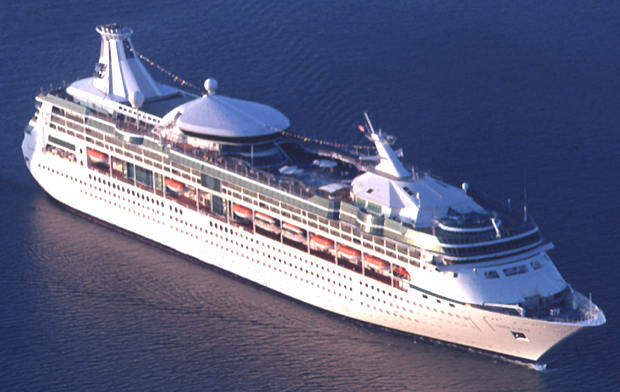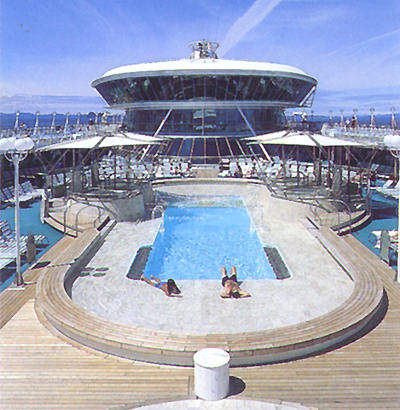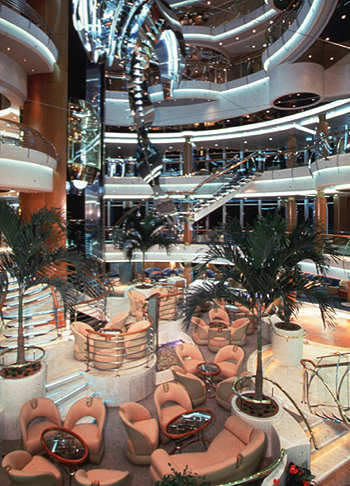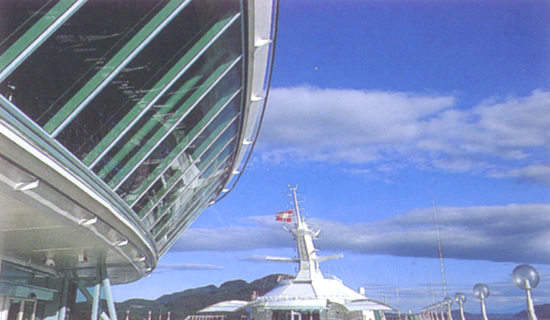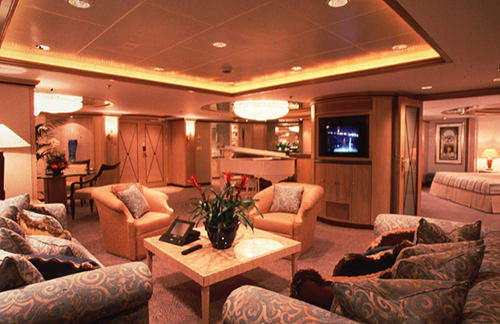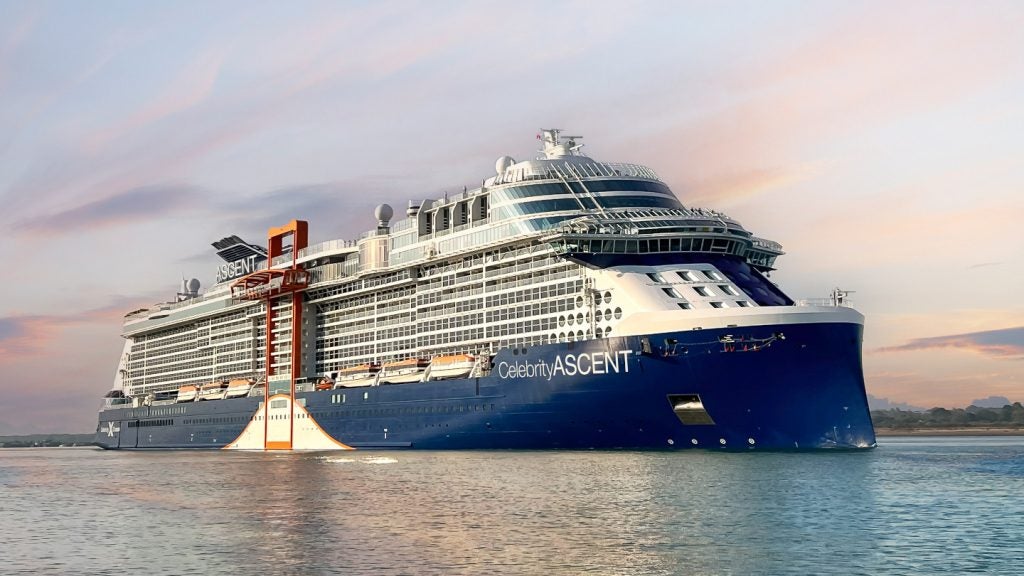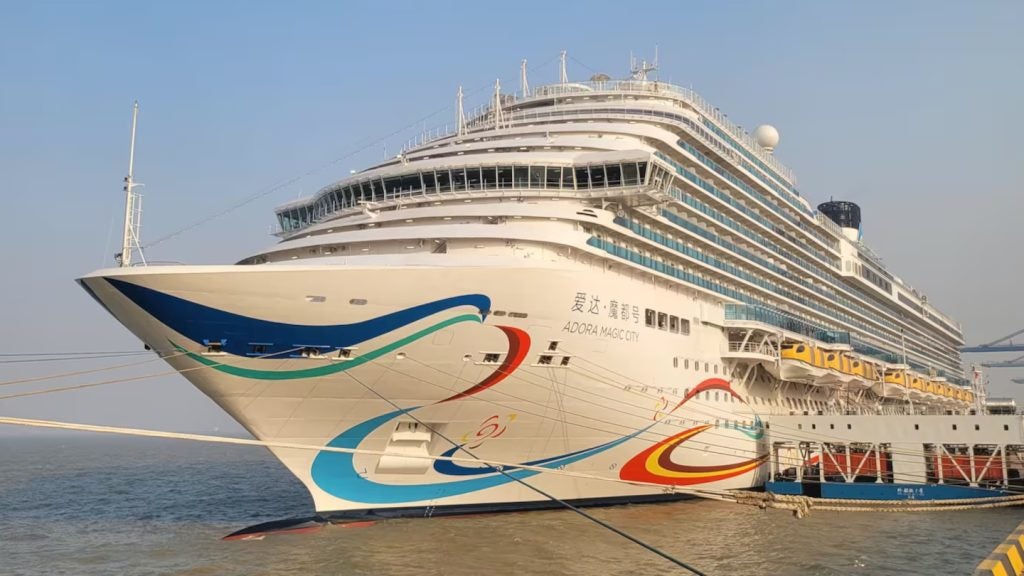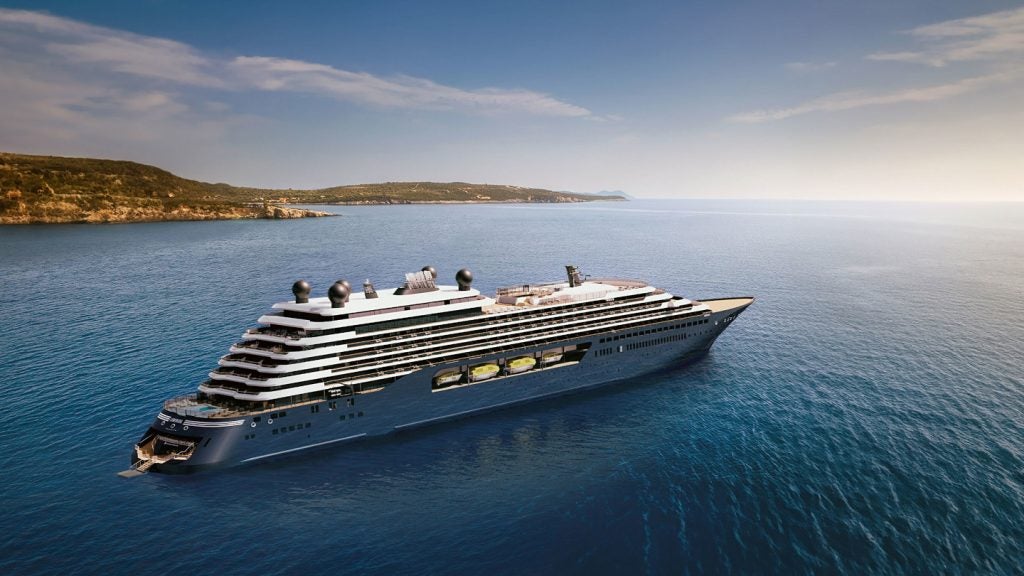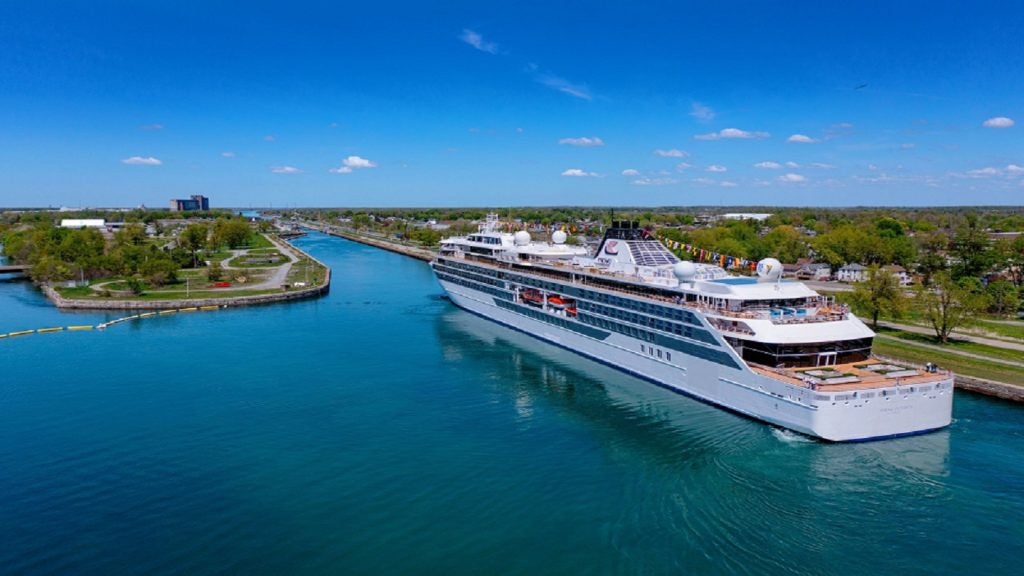The Vision of the Seas is the second of two cruise ships built by Chantiers de l’Atlantique Alstom of France, for the Royal Caribbean International Cruise Line. Her sister ship is Rhapsody of the Seas. It is the largest liner ever built in France and had its maiden voyage in May 1998. The vessel has a capacity for 2,435 passengers and is available for cruises to Alaska’s Glacier Bay, the Panama Canal, and from San Diego to the Mexican Riviera.
DESIGN
The Vision of the Seas has an overall length of 279m. It has a maximum moulded breadth of 32.2m and a maximum draft of 7.75m. Its deadweight is 6,300t at 76m. For safety, the vessel is compartmentalised by 32 watertight division doors. Its steel weight is 15,000t and it has a steelplate surface area 750,000m². The international Gross Tonnage is recorded at 78,500t and it has a 22.3-knot service speed.
The Vision of the Seas can carry a maximum of 2,435 passengers and 765 crew.
FACILITIES
The main spaces of the cruise liner are distributed over twelve decks. The passenger cabins are distributed over five decks and extend along the ship’s length, over two decks. A feature of the design is the large number of glazed windows, totalling almost 7,300m².
The passengers can have the choice between eight types of cabins. Of the 999 cabins, nearly a quarter of them (229) have a balcony. Approximately 60% of the cabins are externally facing, and there are also 18 suites. Each passenger cabin has a TV network and sound installation. There are 2,000 phone sets, and over 50 control video cameras for equipment and access. In addition to the 14 cabins for handicapped people, all the suites and the owner’s cabins can be reached by wheelchairs.
A main feature of the ship is the 1,240-seat edelweiss formal dining-room over two levels. A central hall goes up to the open air over six decks. There are 480-seat and 170-seat lounges and a 150-seat conference room. A 275-seat panoramic lounge is situated on the top deck. Leisure facilities include a 250-seat solarium with six whirlpools, an indoor/outdoor swimming pool with a retractable glass canopy, and the casino royale (which has blackjack tables, slot machines, roulette, craps and stud poker), as well as a jogging track, video-game centre, a shuffleboard and children’s play areas. Other amenities include a beauty shop, library, photo gallery and shopping gallery.
PROPULSION
The vessel has electric propulsion, with two shaftings that have fixed-blade propellers (weighing 75t each). Each shafting is directly driven by an electric motor (17MW at 145rpm). The electric generation necessary to drive the motors is ensured by four generating sets. The electric motors are of synchronous three phase type with double windings, supplied by thyristor frequency converters to reduce the network harmonic level. A 6,600V/3,000V transformer supplies each converter from the 6,600V electric network.
The seakeeping is enabled by a pair of fin-type stabilizers. Steering is carried out by two flap-type rudders, each one controlled by an electro-hydraulic steering gear.
Manoeuvring is enabled by two 1,750kW transverse bow thrusters and a1750kW transverse stem thruster.
The engine room contains two 10t/h unit capacity oil-fired boilers and four 4.3t/h unit capacity waste heat boilers at the diesel engine exhaust. Electricity is generated by four 15,520kVA units, which is transformed to 6,600V 60Hz, three phase mains. The alternators driven at 514rpm by diesel engines supply the 6,600V main switchboard.

